Homeowner Newsletter: Fall 2019
©2019 Jeffrey C. May
I often say to clients that “dust is the devil.” Ordinary house dust is a reservoir for particulate allergens. What might those allergens be?
Most house dust consists of skin scales. The American Academy of Dermatology Association states that a human body “gets rid of 30,000 to 40,000 old skin cells every day! The skin you see now will be gone in about a month” (https://www.aad.org/public/kids/skin/how-skin-grows). This results in the loss of about 1.5 pounds of skin a year. If you live to age 70, that means you will have lost approximately 105 pounds of skin in your lifetime!
Skin scales are fodder for microbial growth, including yeast which is a fungus, and some people have yeast infections on their skin. In many of the air and dust samples I’ve taken over the last 30 years, I’ve found yeast cells attached to skin scales. People can be allergic to yeast. I once worked with a client who, believe it or not, seemed to be allergic to the yeast cells growing on his own skin!
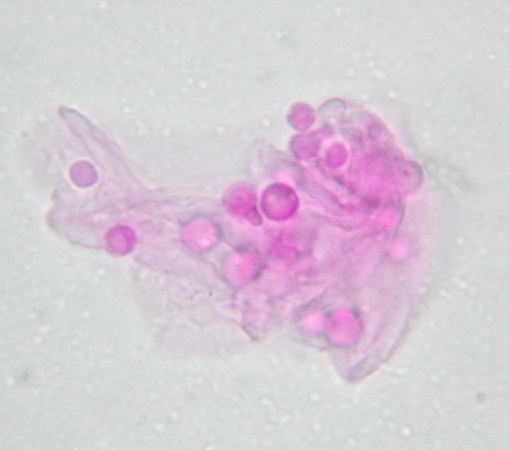
Dust can also contain pet-dander particles. These particles remain at a site long after the animal has left the scene. And people with pets carry the particles on their clothing and even in their hair. “Because of their microscopic size and jagged shape, pet allergens easily stick to furniture, bedding, fabrics and many items carried into and out of the home. Animal dander is easily spread through the home and out to public places like schools and hospitals. They can be found even in homes and buildings without pets” (https://www.lung.org/our-initiatives/healthy-air/indoor/indoor-air-pollutants/pet-dander.html).
The son of one of my clients was severely allergic to dogs. The sellers of the home my client purchased had a dog. My client had all surfaces in the home (including electric boxes and fixtures) scrubbed clean before she moved in. She replaced the furnace, duct system, appliances, and attic and basement insulation. She also had carpeting and window treatments removed. She kept some drapes, though, that were very expensive and that she intended to have cleaned before hanging them in her new living room. She kept the drapes in plastic bags.
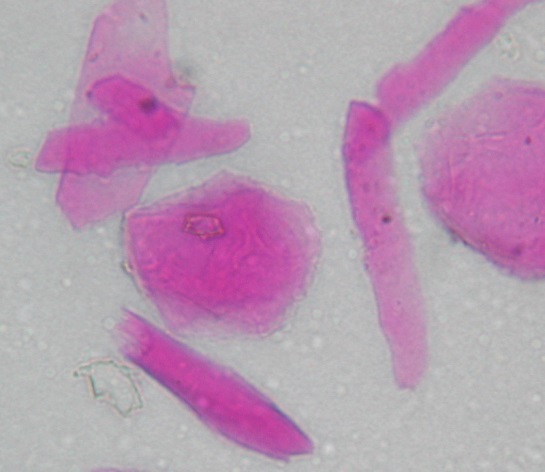
Shortly after she moved in, she wanted to show the drapes to a friend. She opened up one of the bags and pulled a corner of one of the curtains up into the light. Her son went into anaphylaxis and had to be rushed to the hospital.
Here is a list of other particles that house dust can contain. Most of these particles can be irritating or allergenic.
- Mold spores
- Bacteria clusters
- Microarthropod fecal pellets (including from dust mites)
- Fiberglass
- Wool-cuticle and/or wool-cortex particles from degrading wool fibers
- Bird-bloom particles
I believe that “dust allergy” is a broad term for someone’s sensitivity to many of the particles that dust contains.
Advice for people with allergies, asthma and/or other environmental sensitivities:
If you or anyone in your family has allergies, it’s important to keep surfaces in your home dust-free.
Dust on horizontal surfaces is more visible than dust on vertical surfaces, but if you shine a flashlight on vertical surfaces you can see collected dust.
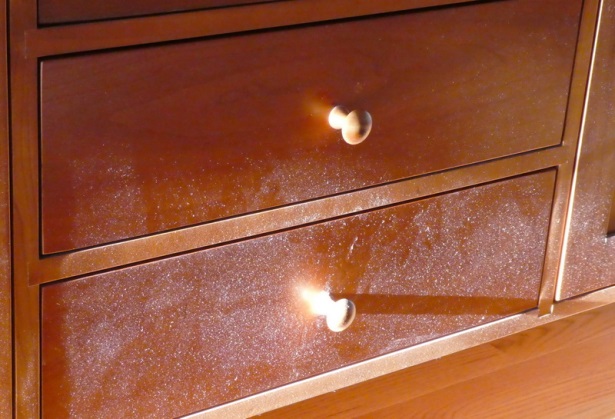
The backs, bottoms and sides of furniture should be cleaned on a regular basis. What additional cleaning steps can you take to remove dust from your home?
- Vacuum under couches and beds.
- Clean kitchen-cabinet kick spaces, which can collect dust and get moldy.
- Bathroom mats collect skin scales so should be washed or at least put in a dryer on a regular basis to avoid microbial growth.
- Radiator surfaces and the tops of baseboard heating convectors should be vacuumed at the start of every heating season.
- If you have hot-air heat and/or central air conditioning, clean the grilles that cover the supplies and returns. Look into the boots (the area below the grilles) to see if they need to be vacuumed or wiped clean.
- If you or any members of your household have allergies, your basement and/or crawl space should be dust-free. Even if you don’t go into the space, the air from the space flows up into your breathing zone. I always tell clients who have allergies, asthma or other environmental sensitivities that they should be able to eat off any surface below-grade (below ground level). You may need professional help in attacking these areas. Be sure that containment is in place to prevent the spread of allergenic dust.
- Use a HEPA-filtered vacuum with a bag for all household cleaning. If you have a central vacuum system, be sure that it exhausts to the exterior and not into the basement, a crawl space or your garage.
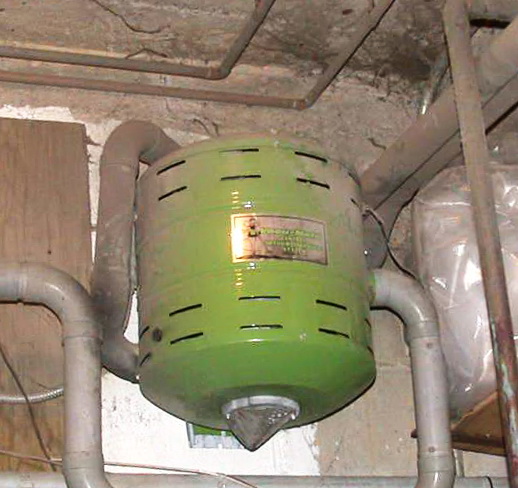
- Lastly, when cleaning, wear a NIOSH N95 two-strap mask (available at Home Depot).
If you move into a new home, here are some additional tips to help you ready the house for your occupancy.
- Be wary about keeping carpeting (even on stairs), which collects dust that can never be completely removed by even the most thorough vacuuming and steam cleaning. Hard flooring is always preferable.
- If the house has a duct system, have the system including the air handler (air-conditioning coil and blower cabinet) professionally cleaned.
Have a pleasant Thanksgiving.
Jeff
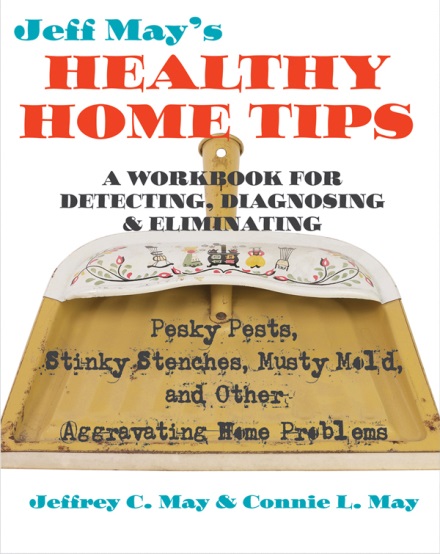
Refer to our books for further advice (published by The Johns Hopkins University Press and available on-line). The second edition of My House is Killing Me should be available next year. Jeff May’s Healthy Home Tips is a workbook that contains space for you to keep track of the progress you make in cleaning up your indoor environment.
